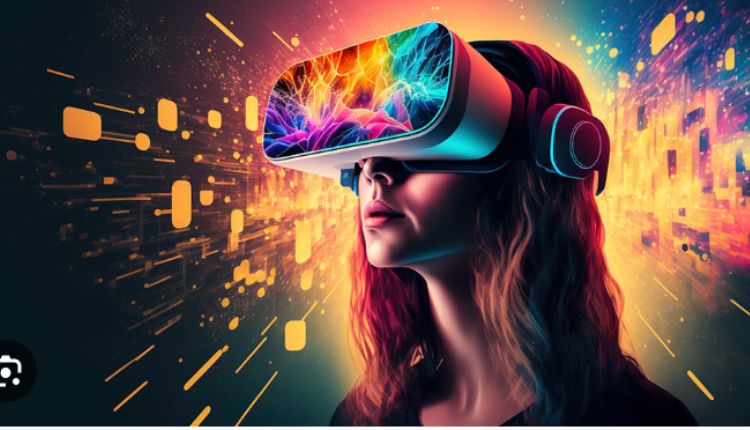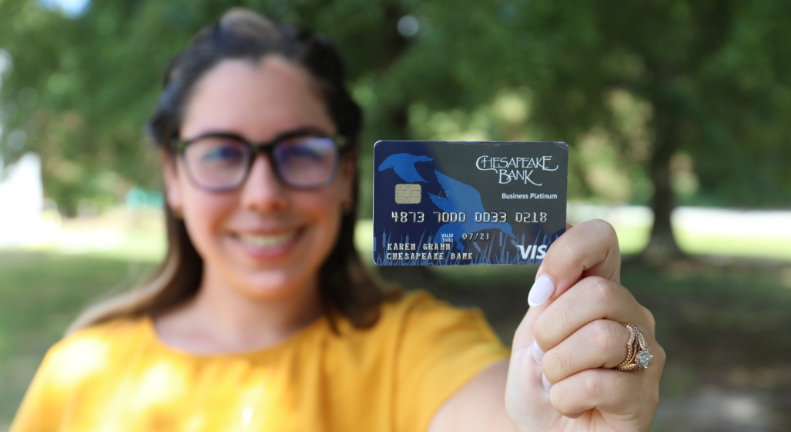
Top 5 VR Experiences In Museums
A VR experience designer, like a novelist or screenwriter, considers how to embody their message in the chosen medium. They also determine what can and cannot happen in the virtual world and establish rules for participation. While VR can be fun, such as flying a spaceship or shooting bad guys, it’s more important to use this technology for immersive experiences.
The Kremer Museum
VR is becoming more commonplace in museums around the world, with world-class institutions embracing the technology to create immersive tours and interactive exhibits. But one family has gone a step further, creating a virtual museum that exists only in VR. This innovative project combines the latest VR technology with world-class Dutch and Flemish Old Master paintings. CODART Patron George Kremer and his wife, Ilone, have created an entire gallery show of more than 70 seventeenth-century works that can be viewed from the comfort of home.
The Kremer Museum’s design is a remarkable achievement, walking a fine line between the conventions of physical space and the unlimited possibilities of the virtual world. It uses photogrammetry to capture versions of the paintings’ original frames and includes information about the artists and their history. The Kremer Museum app can be used on any Google Daydream-ready smartphone and headset. The Kremers also have a program that gives smartphones and VR headsets to children in need.
The National Museum Of Finland
The National Museum of Finland’s first vr experience takes visitors 10,000 years back in time to see what life was like in prehistoric Finland. They learn about the country’s unique position between big powers that allowed it to develop a strong welfare state. The museum also uses VR to allow visitors to step inside a painting. They can walk around R. W. Ekman’s Painting Opening of the Diet 1863 by Alexander II and listen to stories told by characters in the painting. They can even converse with the Emperor and other people in the Hall of Mirrors.
While VR offers many advantages that are widely explored in the relevant literature, it can pose challenges for museums, and its use is often hampered by budget constraints. This is the reason why many museum professionals rely on partners to develop their experiences. These partnerships include technology vendors and academic institutions. The interviews conducted in this study explore museum professionals’ perceptions and needs for VR, as well as their vision of the future of the medium.
Tate Modern
One of London’s most famous galleries and a global landmark, Tate Modern is a spellbinding synthesis of modern art and capacious industrial brick design. Located in the former Bankside Power Station, the gallery has a reputation for taking on challenging work and making it accessible to a diverse crowd. From free permanent collections to fee-charged big-name exhibitions, the gallery attracts art lovers, trendy students, and families alike.
As part of the Modigliani retrospective, PRELOADED partnered with the museum to create a VR experience that enhances rather than detracts from the artworks on display. The Ochre Atelier is a meticulous VR reimagining of the last studio where Modigliani lived and worked. The experience takes you into the room where he painted his final works, including his final Self Portrait. When you step out of the virtual space, the same paintings greet you in person in the real exhibition, creating a powerful sense of continuity. The experience is available for download on Viveport here.
The National Museum Of Natural History
One of the Smithsonian’s flagship museums, the National Museum of Natural History evokes discovery with its iconic green dome and huge size (it’s larger than 18 football fields). More than 140 million natural science specimens and cultural artifacts fill the massive space, which is a part of the city’s historic National Mall. The museum opened in 1910, after the U.S. National Museum, which had been occupying the Smithsonian Castle, became too small to accommodate the growing collection. The new building, which featured a Roman-style portico and a green-domed rotunda, expressed the City Beautiful movement and a desire to make museums more accessible and relevant to everyday life.
Today, the museum houses the largest collections of plants, animals, fossils, rocks, minerals, meteorites, and human cultural artifacts in the world. It also manages a marine research facility in Fort Pierce, Florida, and field stations around the globe. The museum also houses the famous Hope Diamond and an insect zoo, among many other exhibits that teach about everything from ancient Egyptian mummies to ocean life.
Conclusion
Virtual tours are not new for museums, but they gained extra popularity during the COVID-19 pandemic. However, some participants emphasized the limitations of VR, especially its isolating nature: “VR excludes visitors from social interaction with their families” (Interviewee 16). This can negatively affect the overall museum experience.




